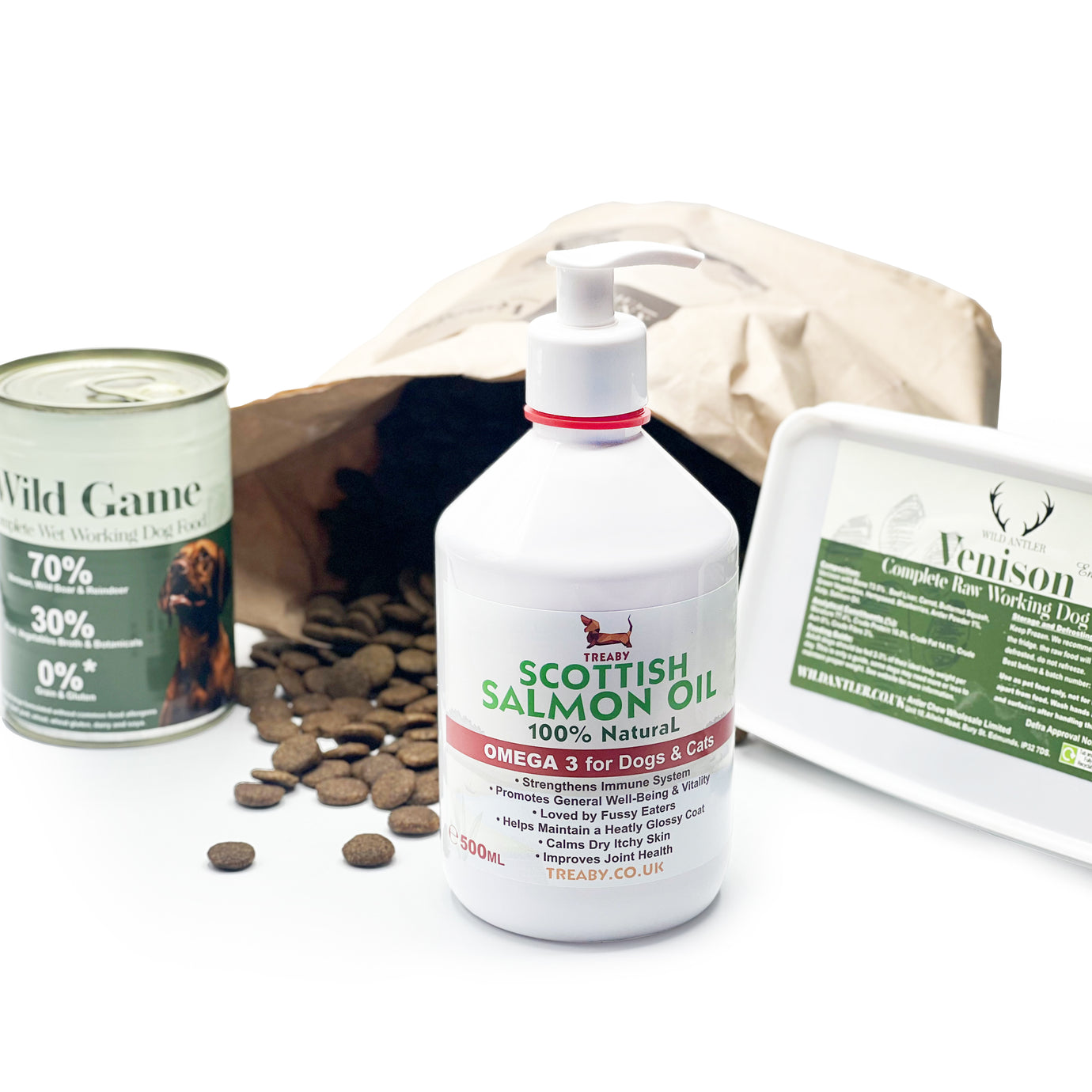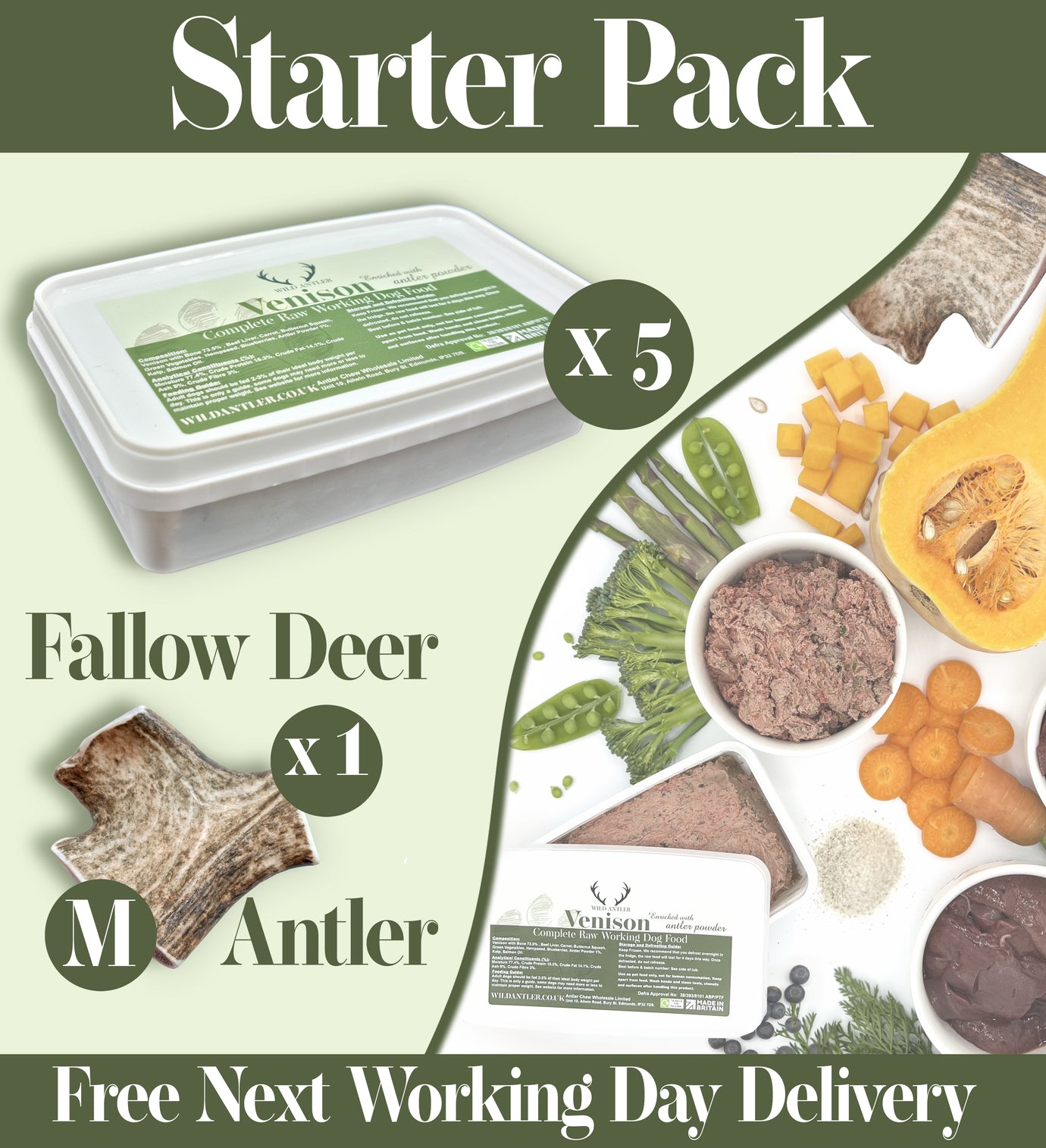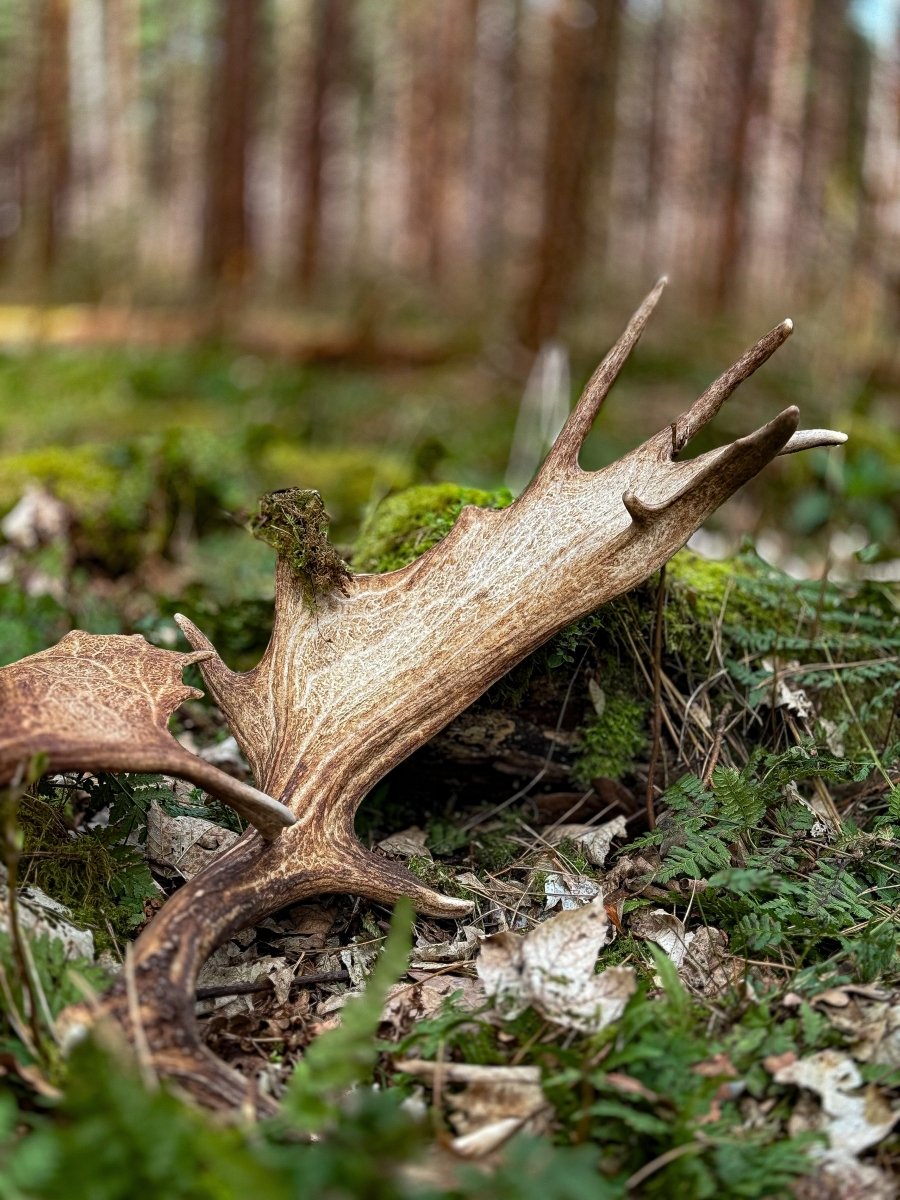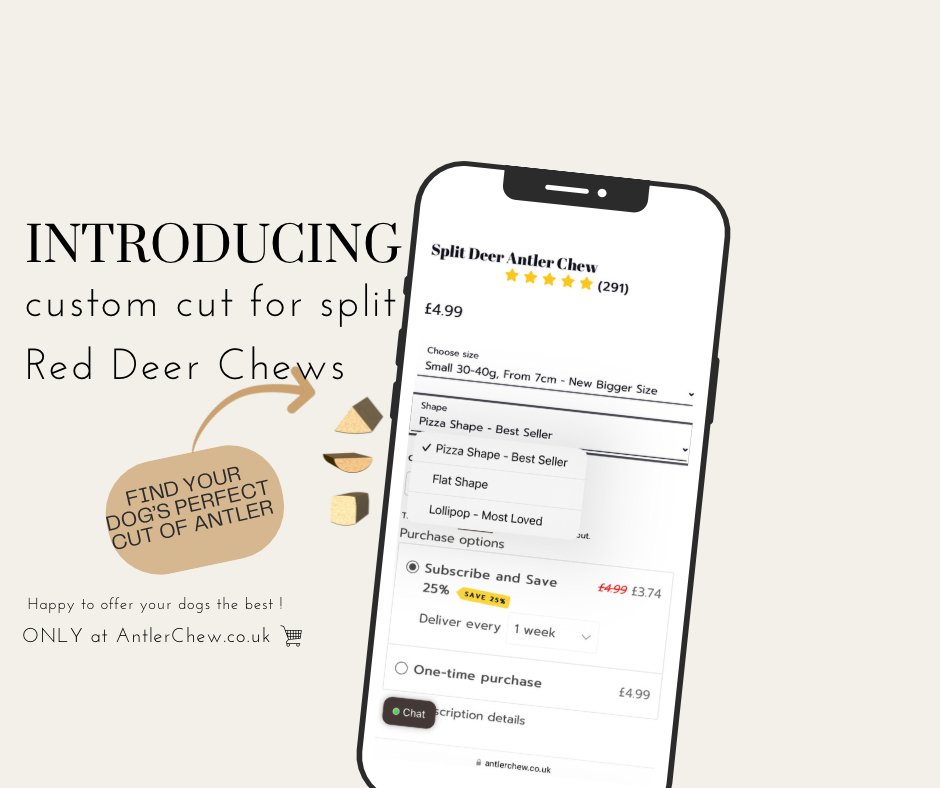Sustainability of Antlers
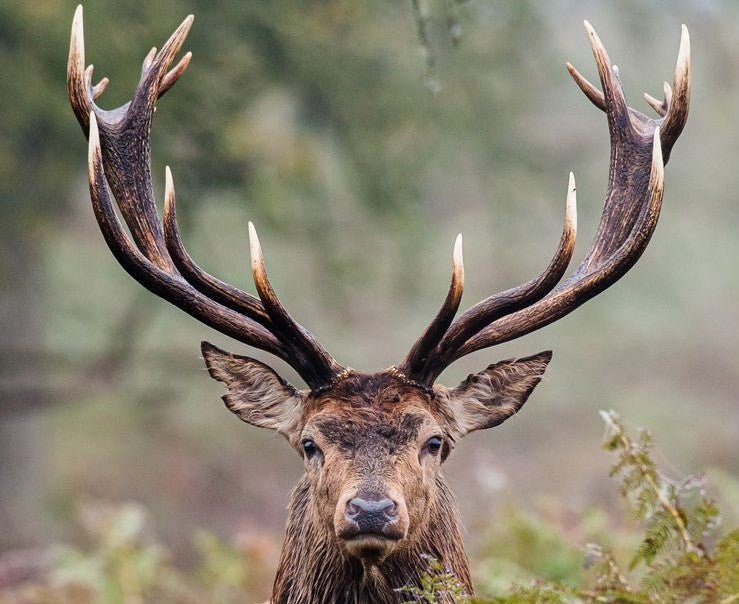
Deer antlers are an excellent example of nature's sustainable practices. Each year, usually after the mating season, these deer shed their antlers, only to grow them back again in time for the next season. The antlers are made from a material called bone, and they grow from pedicles located on the deer's skull.
When antlers fall off, they are often scavenged by small animals who gnaw them to obtain essential minerals like calcium and phosphorus. This helps recycle nutrients back into the ecosystem, making the process very sustainable. Additionally, no harm comes to the deer during the shedding process, and it remains healthy and unharmed. This natural cycle demonstrates a perfect balance of use and regeneration that doesn't deplete the resources or harm the individuals involved.
Furthermore, antlers are an incredible display of the rapid growth rate of a biological material, faster than any other known mammalian bone. Each new set of antlers is generally larger than the previous, showing nature's fantastic ability to not just regenerate, but improve and adapt.
In essence, the sustainability of red deer antlers represents a powerful and elegant model of how natural resources can be used and regenerated in a manner that does not disrupt the balance of the ecosystem.



